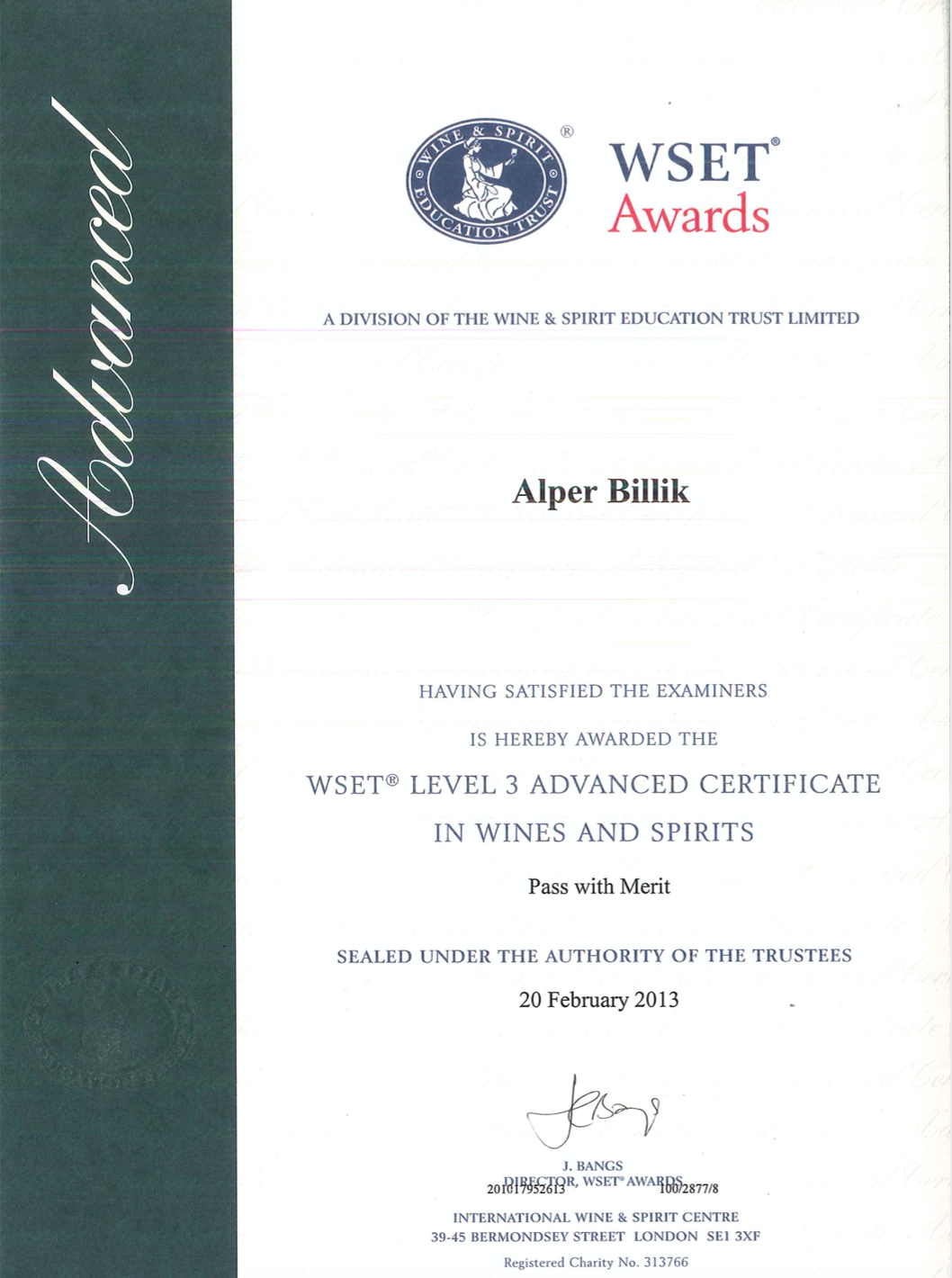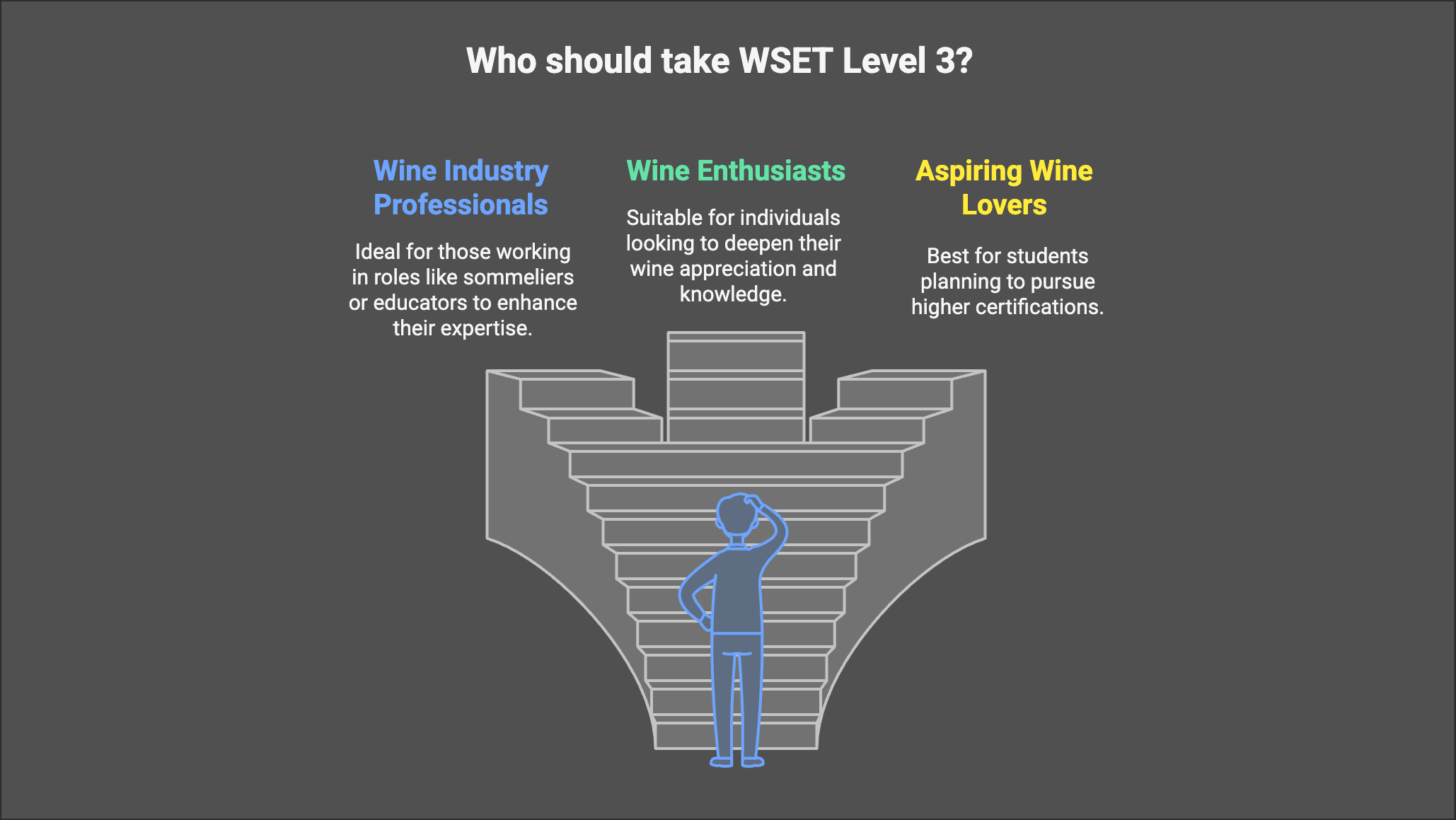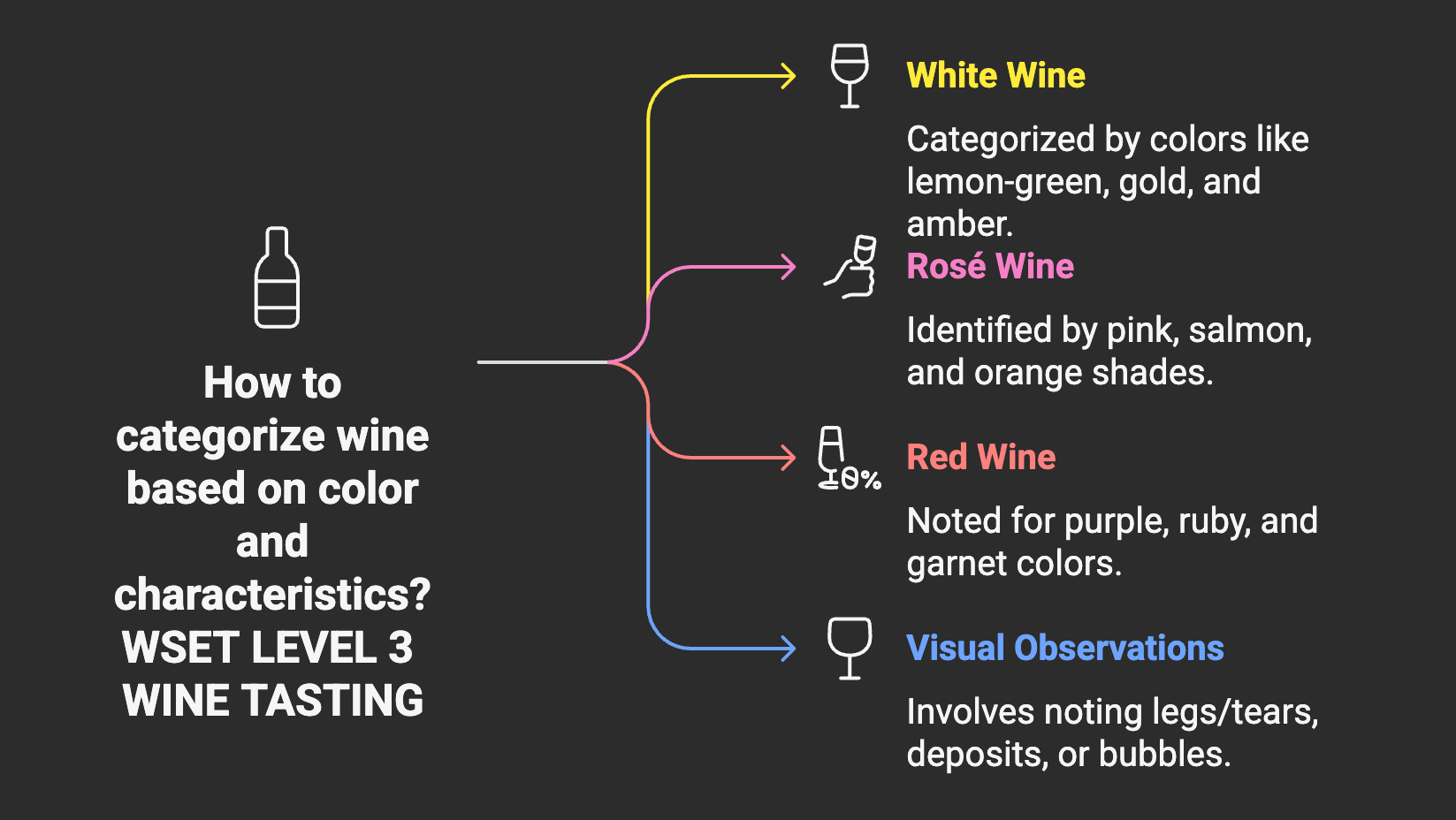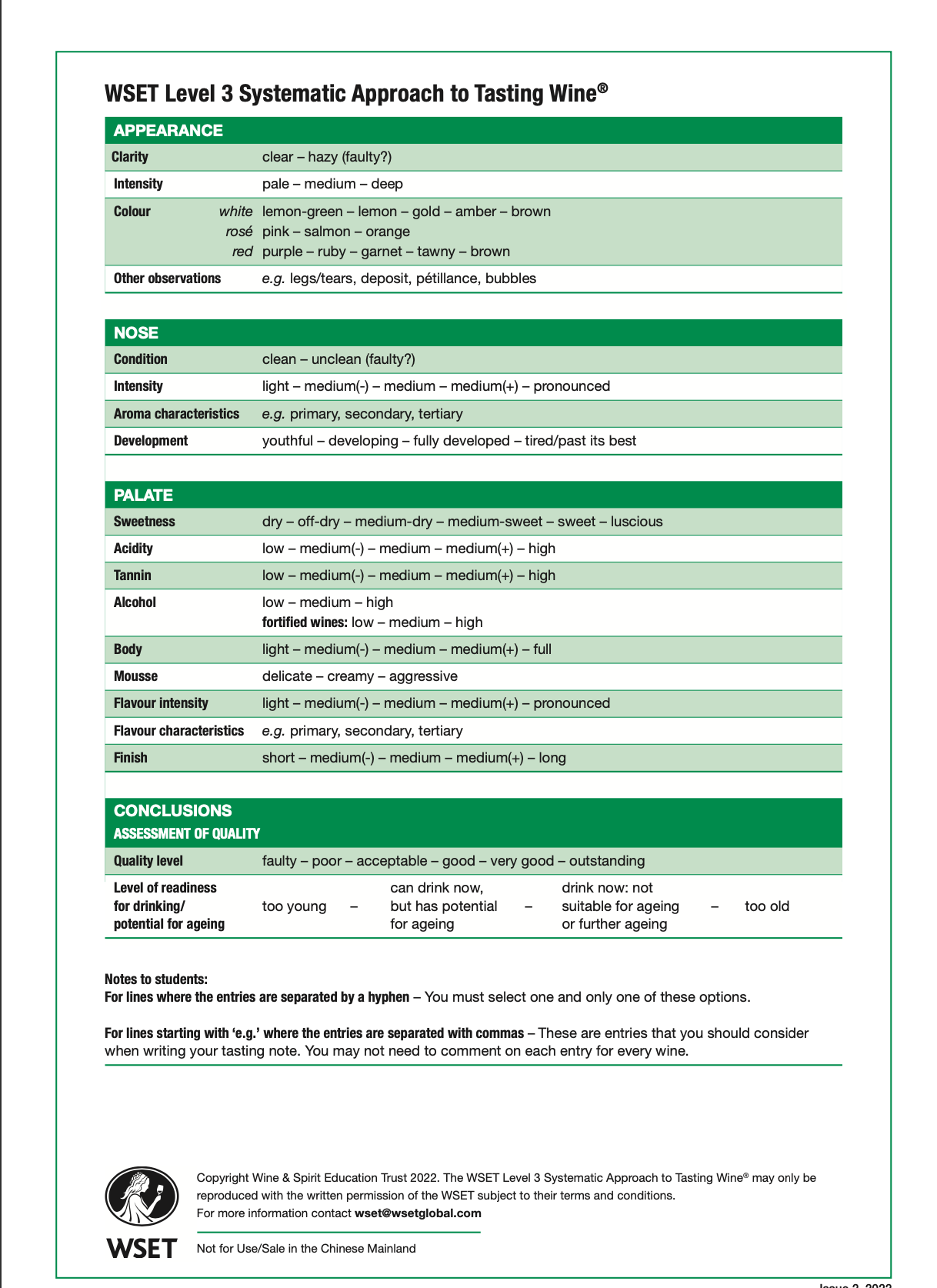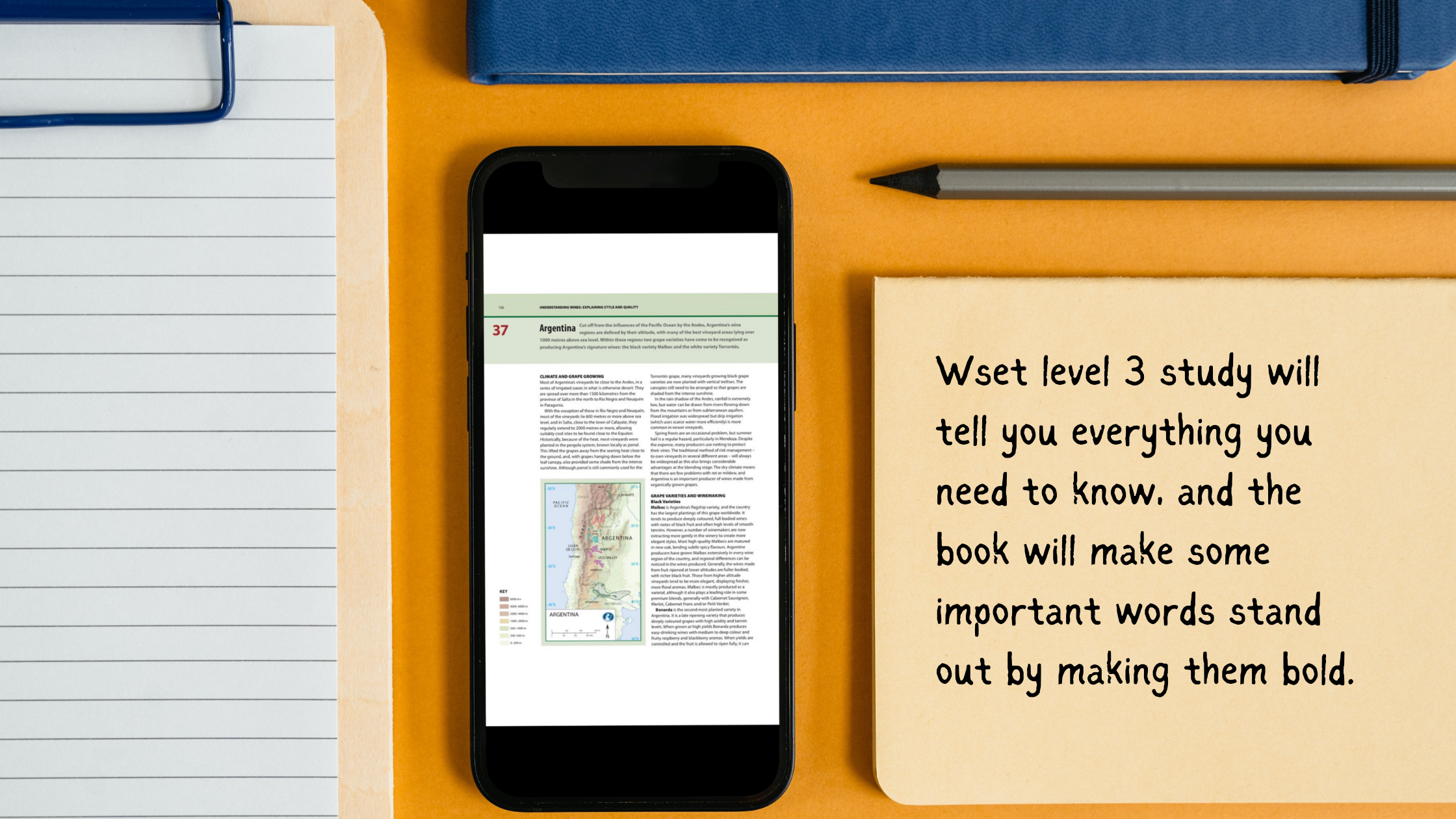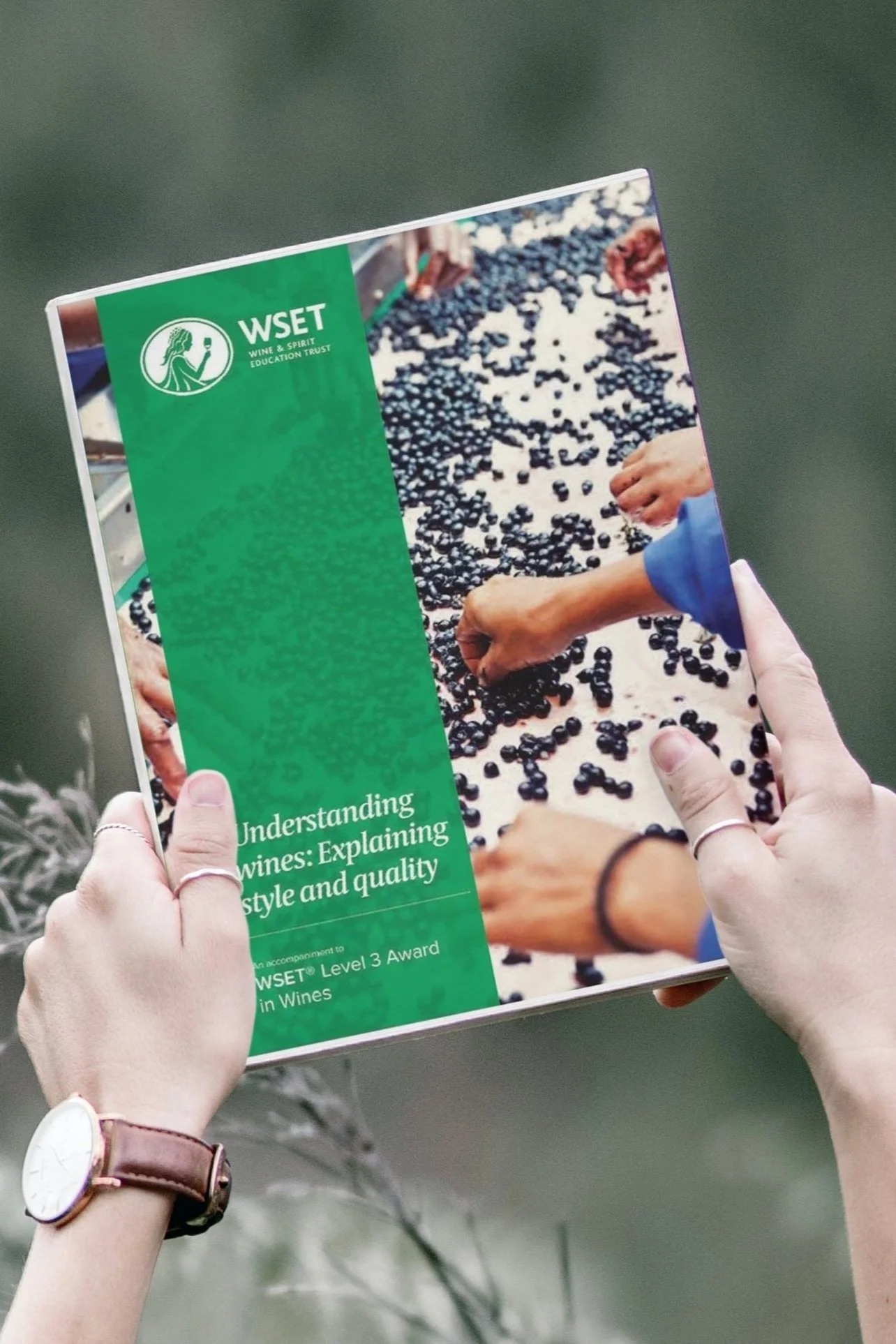Crush Your WSET Level 3 Exam with Confidence
Back in 2012, I passed the WSET Level 3 Award in Wines, and it was a moment that truly advanced my wine education and career. At the time, it was one of the most challenging and rewarding certifications I had achieved.
The course gave me in-depth knowledge of global wine regions, winemaking techniques, and the advanced tasting skills needed to assess wine quality.
Over a decade later, the world of wine education has evolved significantly with the introduction of cutting-edge technology like SOMM DIGI AI. If you’re preparing for the WSET Level 3 today, you have access to tools that can save you time, make studying interactive, and help you pass with confidence.
In this blog, I’ll share my personal experience with WSET Level 3, tips for success, and how modern solutions like SOMM DIGI AI can accelerate your progress.
What WSET Level 3 Taught Me:
Global Wine Knowledge: From Bordeaux and Burgundy to South Africa and New Zealand, the course covered every major wine-producing region in detail.
Winemaking and Viticulture: I learned how climate, soil, and vineyard management affect grape growing, and how winemaking techniques influence the final product.
Systematic Wine Tasting: The WSET Level 3 Tasting Grid taught me how to analyze a wine’s appearance, nose, palate, and overall quality systematically and accurately.
Confidence: Passing the course not only boosted my knowledge but also my confidence in discussing and recommending wines at a professional level.
The WSET Level 3 exam was no walk in the park. It required months of preparation, practice, and dedication to master both the theory and tasting components.
Who Should Take WSET Level 3?
Wine Industry Professionals: Sommeliers, importers, educators, and sales representatives.
Wine Enthusiasts: Those with a desire to deepen their appreciation and knowledge of wine.
Aspiring Wine Lover: Students planning to move on to higher certifications like WSET Level 4 or Master of Wine.
WSET Level 3 Exam Overview
The WSET Level 3 exam is divided into two components—Theory and Tasting. To pass, students must achieve at least 55% in both sections.
1. Theory Exam
The theory exam tests your knowledge of viticulture, winemaking, wine styles, and global wine regions. It is further divided into two parts:
Multiple-Choice Questions: 50 questions worth 1 mark each (total: 50 marks).
Short-Written Answer Questions: Four questions requiring detailed explanations of topics like grape varieties, wine laws, and production methods. This section is worth 50 marks.
Time Allowed: 2 hours for the entire theory exam.
2. Tasting Exam
The tasting exam requires you to assess two wines blind. You will use the WSET Level 3 Systematic Approach to Tasting (SAT) to describe:
Appearance: Clarity, intensity, and color.
Nose: Condition, intensity, and aroma characteristics.
Palate: Sweetness, acidity, tannins, alcohol, body, flavor intensity, flavor characteristics, and finish.
Conclusion: Quality assessment and readiness for drinking.
The tasting exam is worth 40 marks in total.
Time Allowed: 30 minutes for the tasting exam.
How to Pass the WSET Level 3 Exam
Passing the WSET Level 3 exam requires a combination of thorough preparation, systematic study, and regular practice. Here are detailed steps to help you succeed:
1. Understand the Exam Format and Passing Criteria
Familiarize yourself with the structure of the exam. You must pass both components (theory and tasting) to achieve the certification, with a minimum score of 55% in each. Aim to not just pass but excel to give yourself a comfortable margin.
2. Master the Theory Component
The theory section is comprehensive and requires deep understanding rather than rote memorization.
Global Wine Regions:
Focus on classic regions like Bordeaux, Burgundy, Champagne, Mosel, Rioja, and Tuscany. Learn the key grape varieties, climate, soil, and winemaking techniques.
Study New World regions like Napa Valley, Barossa Valley, and Marlborough, noting how their climates and vineyard practices differ.
Viticulture and Winemaking:
Understand how climate, soil, and vineyard management influence grape characteristics.
Learn about winemaking techniques like oak maturation, malolactic fermentation, lees contact, and blending.
Wine Laws and Classifications:
Memorize terms like AOC (France), DOCG (Italy), and Prädikatswein (Germany).
Understand classifications like Cru Classé in Bordeaux and Premier Cru/Grand Cru in Burgundy.
Tips:
Use flashcards to memorize key facts about regions, grape varieties, and wine laws.
Break down the syllabus into smaller sections and study one topic at a time.
3. Practice the Tasting Component
Blind tasting is often the most intimidating part of the exam, but regular practice with the WSET Level 3 Tasting Grid will help you build confidence.
Use the SAT Grid: Break down your analysis into the four sections—appearance, nose, palate, and conclusion. For example:
Appearance: Is the wine clear? What is the intensity of the color?
Nose: Are the aromas fruity, floral, or oaky? How intense are they?
Palate: How is the wine balanced in terms of sweetness, acidity, tannins, and alcohol?
Practice with Classic Wines:
White wines: Chablis, Sancerre, Marlborough Sauvignon Blanc, Alsace Riesling.
Red wines: Rioja Reserva, Bordeaux blends, Barossa Shiraz, Chianti Classico.
Sparkling wines: Champagne, Prosecco.
Fortified wines: Sherry, Port.
Tips:
Taste in a quiet environment to focus on aromas and flavors.
Use wines from different regions to understand their unique characteristics.
4. Prepare for Short-Written Answers
The short-written answer questions in the theory exam require you to explain concepts clearly and concisely. Practice writing answers to past exam questions, focusing on:
Providing specific examples (e.g., "Chablis is made from Chardonnay grown in a cool climate, resulting in high acidity and citrus flavors").
Staying within the word limit and avoiding unnecessary detail.
5. Take Mock Exams
Mock exams are essential for familiarizing yourself with the format and managing your time. Practice:
Answering 50 multiple-choice questions in under 45 minutes.
Writing answers to short-written questions clearly and concisely.
Completing a full-length tasting exam within 30 minutes.
6. Stay Consistent with a Study Plan
Create a schedule that balances theory, tasting practice, and revision. Dedicate specific days to studying key regions, tasting wines, and reviewing past papers. Consistency is key to retaining the vast amount of information covered in WSET Level 3.
Common Mistakes to Avoid
Skipping Tasting Practice: Blind tasting requires skill and confidence that only develops with practice.
Neglecting Wine Laws: Many students overlook studying wine laws, but these frequently appear in the exam.
Not Timing Mock Exams: Time management is crucial, especially for the short-written answers.
Conclusion: Save Time with SOMM DIGI AI
While passing the WSET Level 3 exam requires dedication and effort, modern tools like SOMM DIGI AI can make the process more efficient. This AI-powered platform offers:
Tailored study plans to help you stay on track.
Guided tasting practice using the WSET Level 3 Tasting Grid.
Mock exams and quizzes to sharpen your theory and tasting skills.
If you’re looking to save time and streamline your preparation, SOMM DIGI AI is the perfect companion for your WSET Level 3 journey.
Final Thoughts
The WSET Level 3 Award in Wines is a challenging but incredibly rewarding qualification that will deepen your understanding of wine and set you apart as a wine professional or enthusiast. With the right preparation, consistent practice, and strategic use of modern tools, you can approach the exam with confidence and pass with flying colors.
Start your WSET Level 3 preparation today—and remember, staying organized, practicing tasting, and understanding the exam structure are the keys to success.

